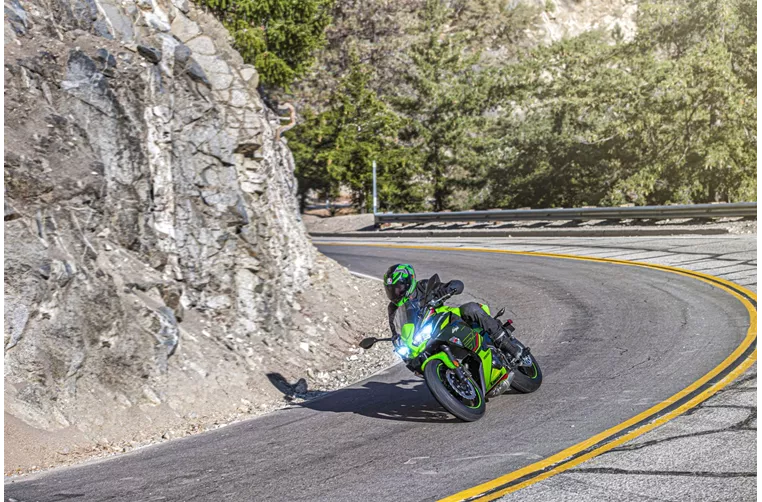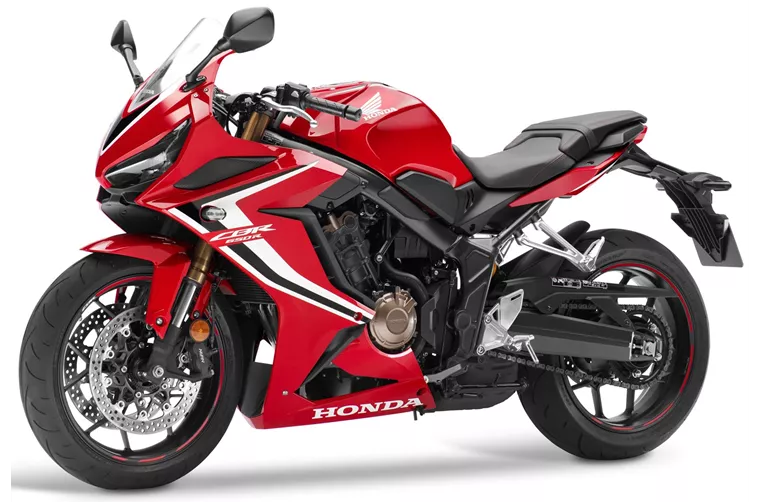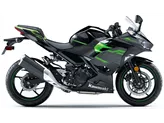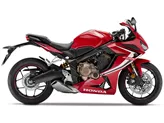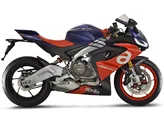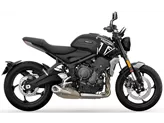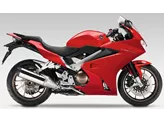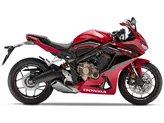Kawasaki Ninja 650 2023 vs. Honda CBR650R 2019
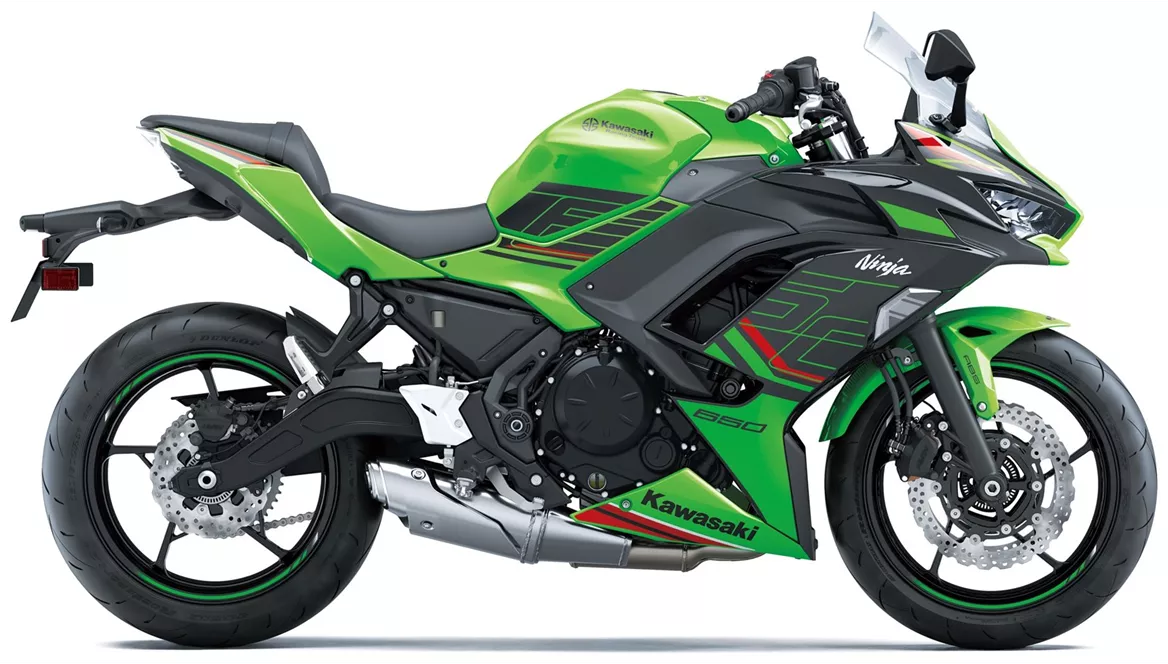
Kawasaki Ninja 650 2023
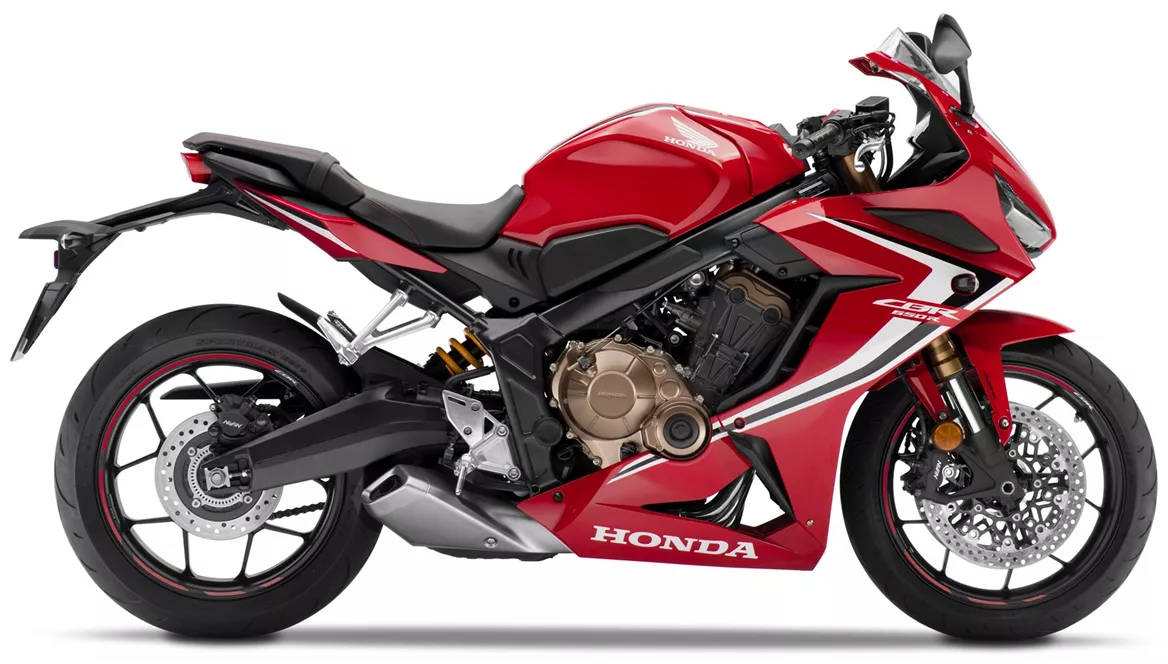
Honda CBR650R 2019
Overview - Kawasaki Ninja 650 2023 vs Honda CBR650R 2019
The Kawasaki Ninja 650 model year 2023 and the Honda CBR650R model year 2019 are both supersport motorcycles with similar engine specifications. The Ninja 650 is equipped with an in-line, 2-cylinder engine with a displacement of 649cc, while the CBR650R features an in-line, 4-cylinder engine with the same displacement. However, there are some notable differences in their technical specifications.
In terms of engine power, the Honda CBR650R has a higher output with 95 HP compared to the Ninja 650's 68.2 HP. This gives the CBR650R an advantage in terms of acceleration and top speed. However, the Ninja 650 offers a higher torque of 65.7 Nm compared to the CBR650R's 64 Nm, which can provide better low-end power and responsiveness.
Both motorcycles feature a DOHC valve configuration with 4 valves per cylinder, ensuring efficient intake and exhaust flow. The Ninja 650 has a compression ratio of 10.8, while the CBR650R has a slightly higher compression ratio of 11.4. This higher compression ratio in the CBR650R can result in improved engine efficiency and performance.
In terms of suspension, both motorcycles have a telescopic fork front suspension and a swing arm rear suspension with a monoshock absorber. However, the CBR650R has an upside-down telescopic fork front suspension, which is generally considered to provide better stability and handling compared to a conventional telescopic fork.
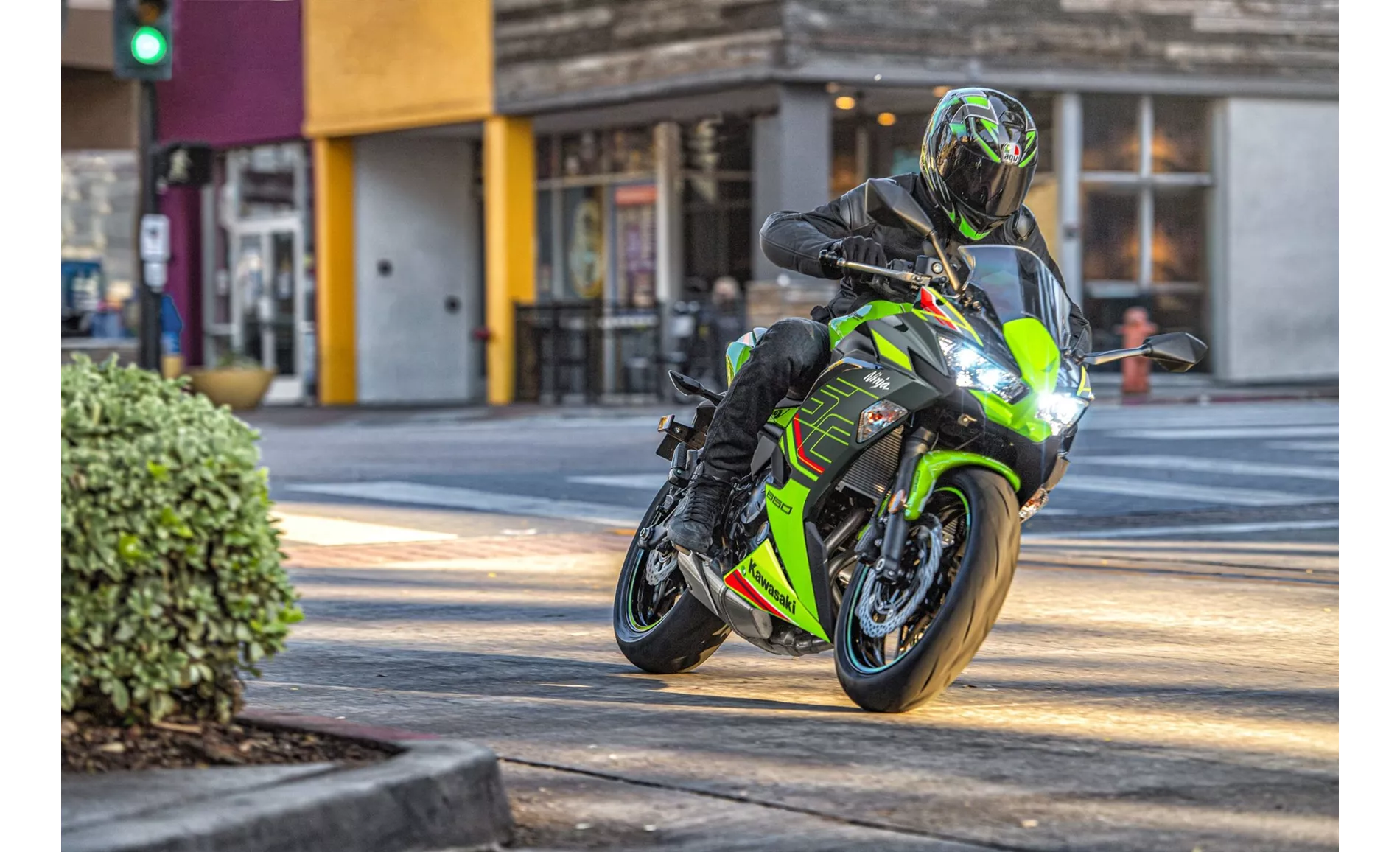
Kawasaki Ninja 650 2023
Both motorcycles have a steel frame, but the Ninja 650 has a tubular frame while the CBR650R has a twin-tube frame. The choice of frame design can impact the overall rigidity and handling characteristics of the motorcycle, with a twin-tube frame generally providing better stability and control.
In terms of braking, both motorcycles feature double disk front brakes. The Ninja 650 has a front brake diameter of 300 mm, while the CBR650R has a larger front brake diameter of 320 mm. The CBR650R also features wave technology for its front brakes, which can provide improved heat dissipation and better braking performance.
Both motorcycles are equipped with advanced rider assistance systems such as ABS, which enhance safety and control during braking. However, the Ninja 650 also features traction control, which can provide additional stability and control during acceleration and cornering.
In terms of dimensions and weights, the CBR650R has a slightly longer wheelbase of 1450 mm compared to the Ninja 650's 1410 mm. The CBR650R also has a higher seat height of 810 mm compared to the Ninja 650's 790 mm. However, the CBR650R is slightly heavier with a kerb weight of 208 kg compared to the Ninja 650's 193 kg.
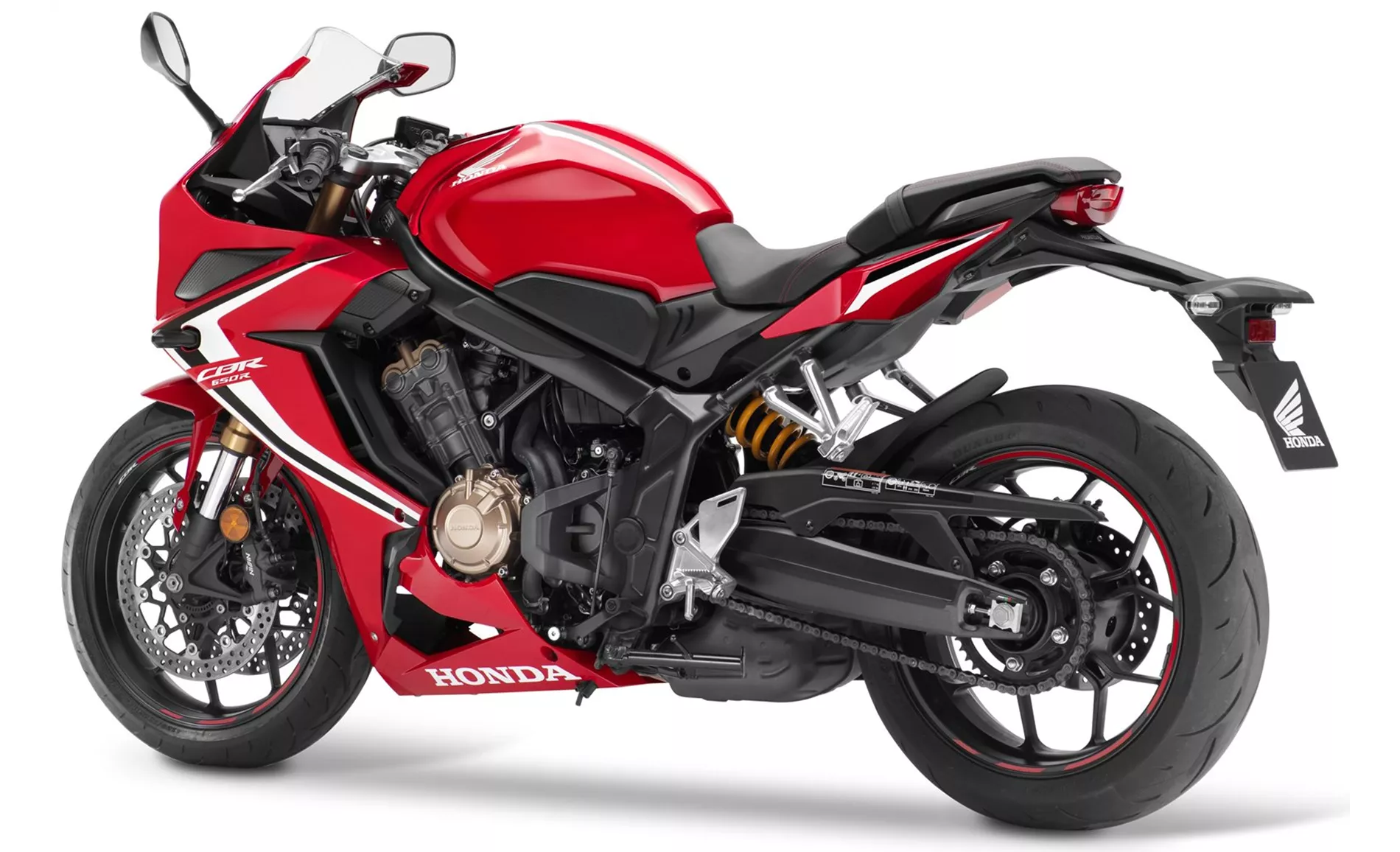
Honda CBR650R 2019
Both motorcycles have a fuel tank capacity of around 15 liters, providing a decent range for longer rides. The Ninja 650 has a typical Ninja look, which is characterized by its aggressive styling and aerodynamic design. On the other hand, the CBR650R is known for its great looks and offers good wind protection, making it suitable for longer tours.
In terms of weaknesses, the Ninja 650 has average chassis and brakes, which may not provide the same level of sportiness and performance as some of its competitors. Additionally, the adjustment of the rear shock absorber on the Ninja 650 can be laborious and time-consuming.
The CBR650R, on the other hand, has a drone below 4,500 rpm, which can be a drawback for riders who prefer a smoother and quieter ride. The suspension on the CBR650R could also be a touch sportier, as some riders may find it lacking in terms of performance. Additionally, the rear brake on the CBR650R may not provide the same level of stopping power as the front brakes.
Overall, both the Kawasaki Ninja 650 2023 and the Honda CBR650R 2019 have their own strengths and weaknesses. The Ninja 650 offers a comfortable and versatile riding experience with a safety package and a typical Ninja look. On the other hand, the CBR650R provides a very elastic four-cylinder engine, good wind protection, and great looks, making it easy to operate and suitable for A2 license holders.
Technical Specifications Kawasaki Ninja 650 2023 compared to Honda CBR650R 2019
Pros and Cons in comparison
Pros and Cons in comparison
Kawasaki Ninja 650 2023
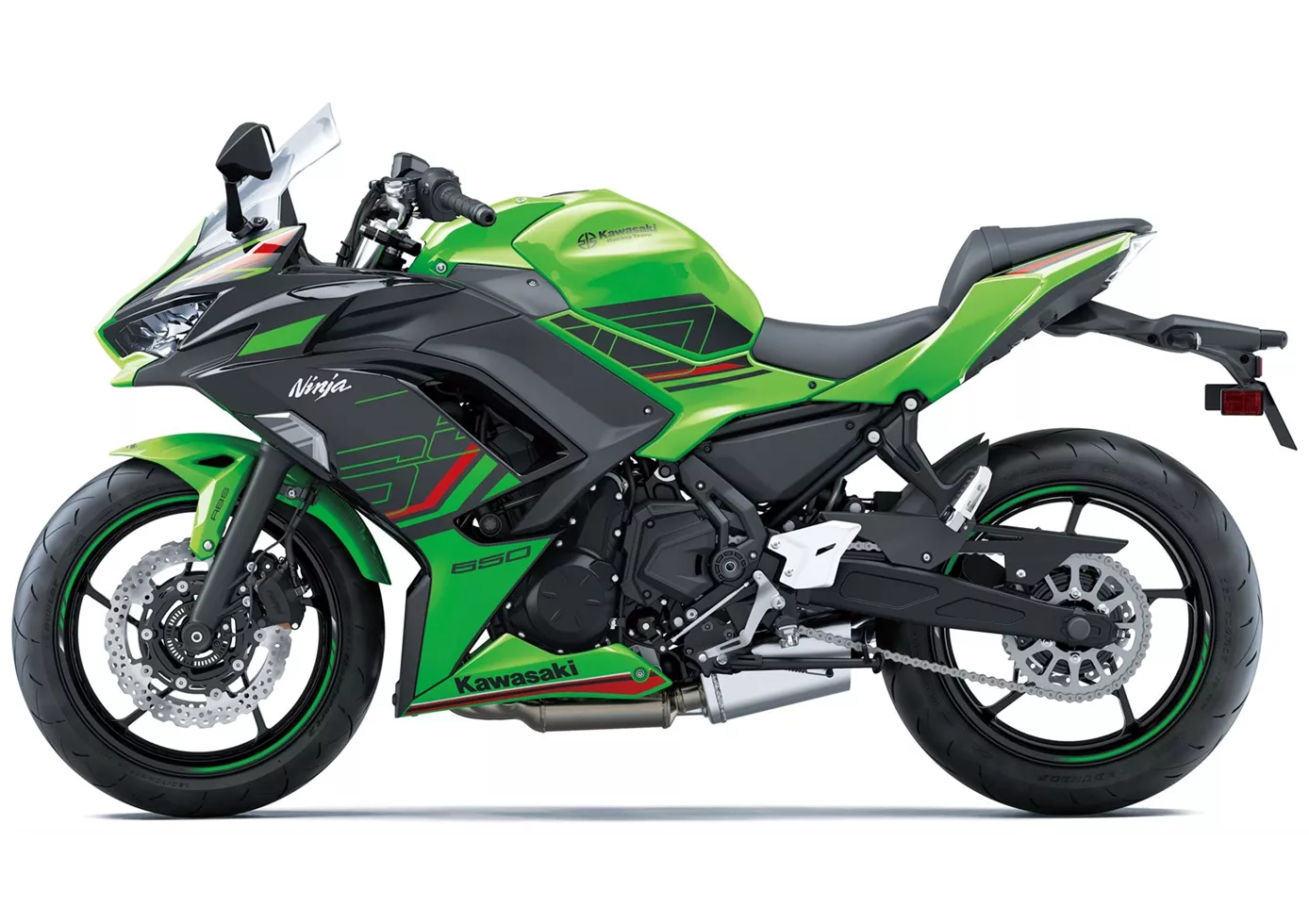
To judge the Kawasaki Ninja 650 purely on its paper form would be a serious mistake. The two-day test showed once again that performance data carries more weight at the pub table than in the wild. Kawa's sports tourer does exactly what it is supposed to and, thanks to the constant revision and the new features added for 2023, is still an enrichment for the class. Only hobby racers should be warned, as the name Ninja still stirs up a certain expectation that the 650 does not fully meet.
Honda CBR650R 2019

The new CBR650R takes the spirit we know from classic four-cylinder sports tourers and brings it into the modern era. Thanks to the good engine tuning, you don't have to worry about being left behind by your two-cylinder friends, especially as you are rewarded with a lovely sound across the rev range. Unfortunately, however, there can be too much sound, as the roar below 4,500 rpm proved. On the chassis and seating position side, a compromise has been found that allows the CBR650R to cope well with everyday riding, as well as longer tours and house track hunts.
Price Comparison Avarage Market Price Kawasaki Ninja 650 vs Honda CBR650R
There are a few key differences between a Kawasaki Ninja 650 2023 and a Honda CBR650R 2019. There are the same number of bikes of both models available on the 1000PS.de marketplace, specifically 112. It takes less time to sell a Honda CBR650R with 45 days compared to 137 days for the Kawasaki Ninja 650. Since model year 2017 1000PS.de editors have written 20 reviews for the Kawasaki Ninja 650 and 14 reviews for the Honda CBR650R since model year 2019. The first review for the Kawasaki Ninja 650 was published on 04/10/2016 and now has more than 79,600 views. This compares to more than 53,700 views for the first review on Honda CBR650R published on 08/10/2018.
